Learning from Saint-Étienne
The Azimuts magazine, since its creation in 1991, has been a reference in the world of design. Many know it without knowing where it’s from. For its 54th issue, the team is interested precisely in the context in which it is produced. Learning from Saint-Étienne, driven by the Cuban designer and postgraduate course head Ernesto Oroza, adds layers1 of reflection on this city, too often reduced to stereotypes.
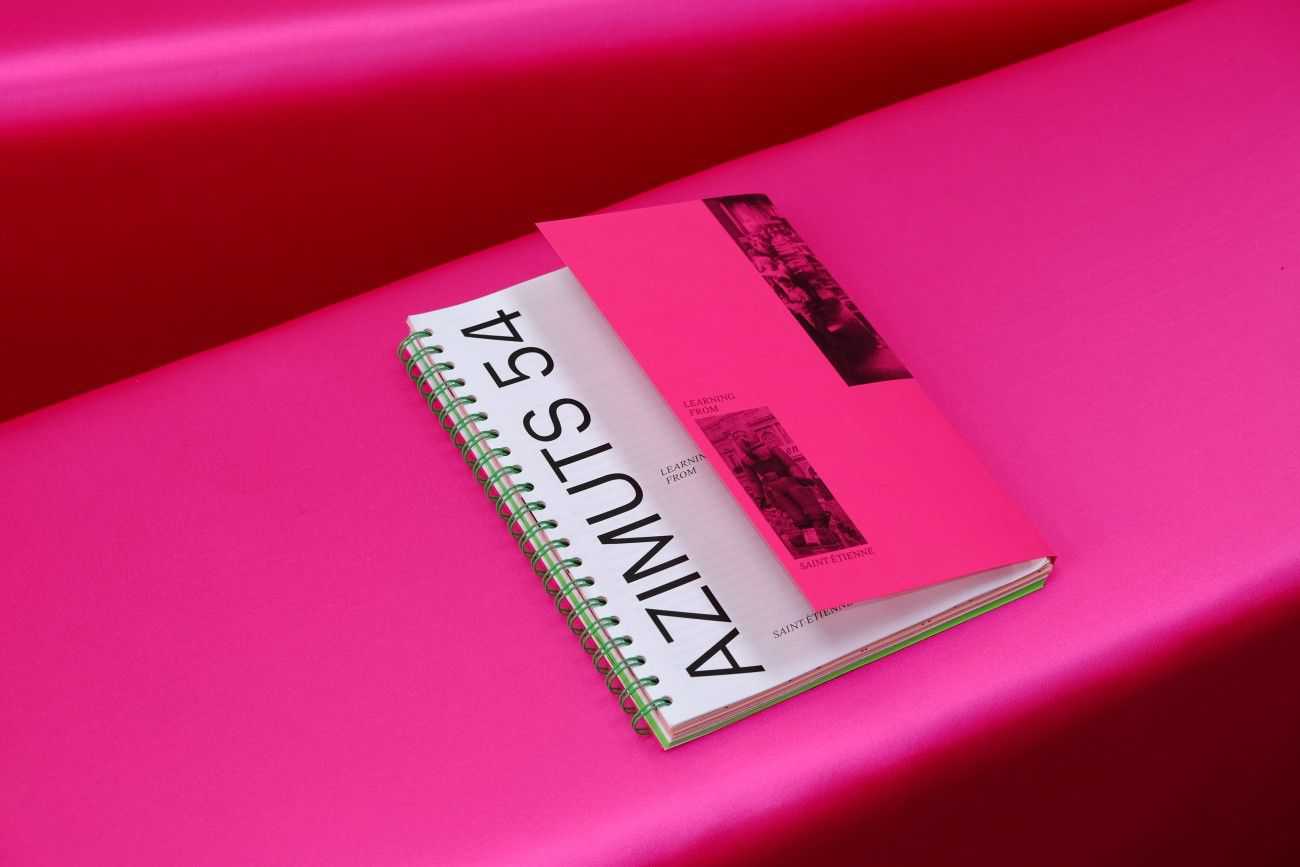
Why dedicated an Azimuts to Saint-Étienne and it’s relationships?
I have known Azimuts for a while and feel part of the journal's past. When I arrived here and became its editorial director, it was our first idea to make an issue about Saint-Étienne from the perspective of design research. Covid first and Azimuts' 30th anniversary made us postpone it twice.
We believe in the need to work on the place where we live. I wrote books about material culture in Cuba when I was living there. In Miami, with Gean Moreno, I made a book and published many tabloids on several productive phenomena and forces informing the city.
We ask students researchers of the CyDRe and the school to pay attention to our context. When I arrived, I noticed that some were activists in Paris and other cities. They were spending the week here in Saint-Étienne. Still, some were not aware of local struggles and social conditions, and the weekend disappeared and on social media shows their activities and engagement in Paris. I asked them to return the sight to the city that hosted us and pay for us. We know today that the research needs to be situated, and the first thing is to understand who we are in the research context and be honest.
So, the initial idea was to try, in different ways, to reinforce, to contribute to the notion that there is already a network of design researchers in Sainté. And to affirm that we can learn from their intellectual and material production.
Azimuts was born in Saint-Étienne, the post-diploma, conceived as a space to produce knowledge on the practice of design research was also born here. An Azimuts that accounts for the growing presence in Saint-Étienne of research that questions the role of design in society, that sometimes seeks an academic dimension even from a critical point of view seemed inevitable. Mainly because it is about research oriented to the idea of community building and that uses publications and exhibitions as staging systems. Both topics are of great interest to us.
We know that other compilations and relationships are possible.

How did you proceed with your team to work on this subject?
We divide the research production spaces into Cité du design, CyDRe-Esadse, and Saint-Étienne. Many researchers flow from one area to another, and research is carried out together. The Topotrope project on the commercial center Steel, carried out by artists associated with Esadse, and another external one, involved two researchers from the university. Even with these blurred edges, it was possible to create three blocks divided in the magazine by three colors.
There are many individuals and collectives developing design research in Saint-Étienne. We could not include them all, and we prioritized those where CyDRe researchers could participate either by conducting interviews, writing articles, reports, etc. The editorial argument and the need to reinforce the pedagogical role of Azimuts are giving the form.
What was your inspiration?
One of the first times this protocol (Learning from) was applied was in "Learning from Las Vegas,"2 published in 1972. Denise Scott Brown and Robert Venturi believed that the vernacular architecture of Las Vegas offered architects more learning possibilities than any traditional teaching venue in the world, even though many of the examples they highlight were produced by people with no architectural training. Andrea Branzi wrote "Learning from Milan"3 in 1988. With Gean Moreno I wrote "Learning from Little Haiti" in 2013, It was included in the book Notes sur la maison moirée (ou un urbanisme pour des villes qui se vident) coedited by Cité du design et École nationale supérieure d’architecture de Saint-Étienne. "Learning from Saint-Étienne" is now part of a tradition. It is a principle that demands to be situated, a protocol to speed up our integration in the context where we live, and to find inspiration in the ordinary, to learn from others.
We proposed other methods in this Azimuts, such as the counterpoint, elaborated 1940 by Fernando Ortiz4, Cuban anthropologist who coined the term Transculturation. We also discuss examples of artists and researchers who continually interrogate a specific place confronting it with several methodologies and output languages.
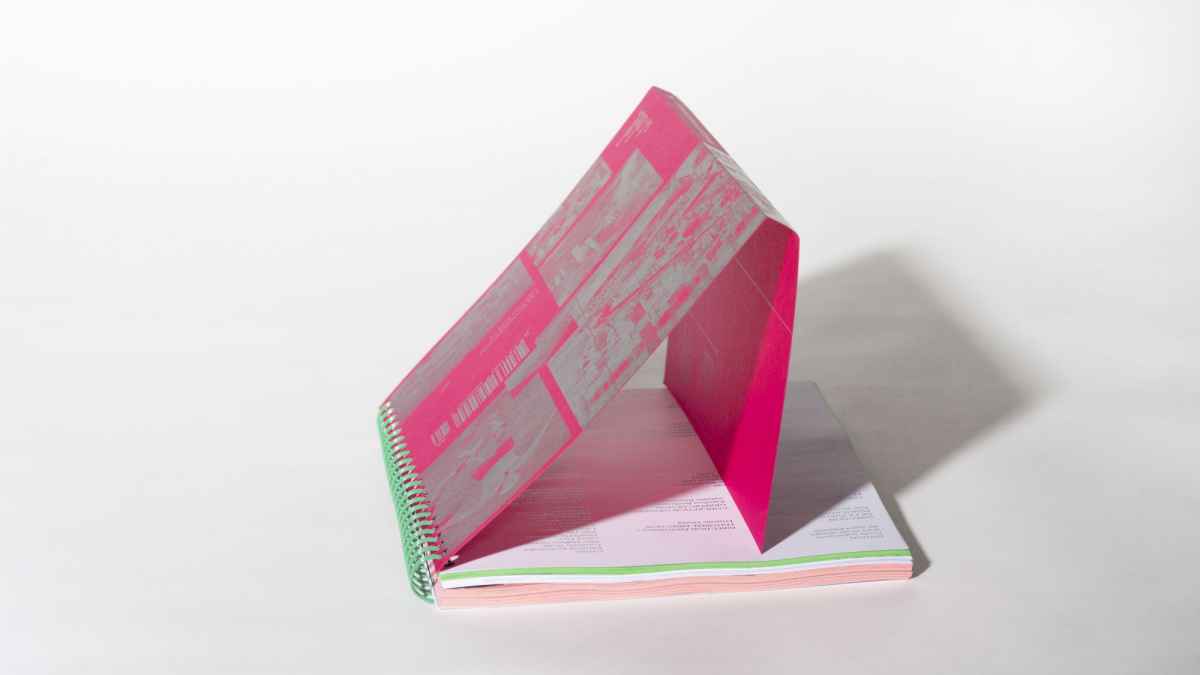
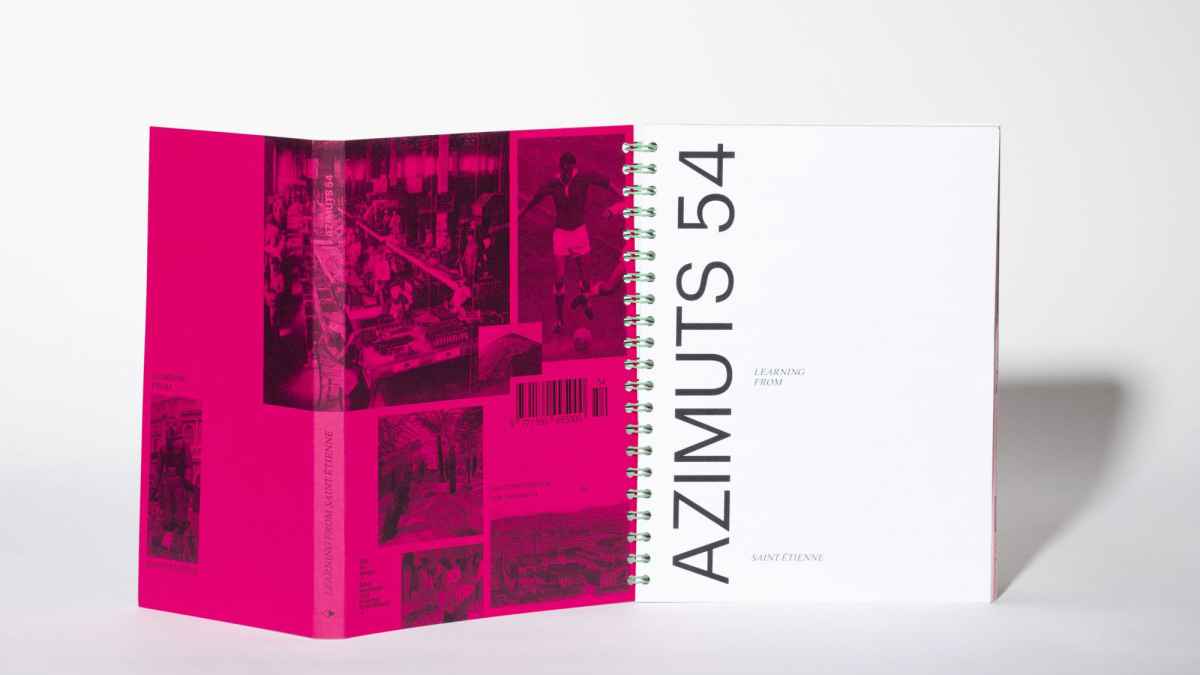
The Cité du Design is actually part of a municipal strategy to make the town look attractive. For some inhabitants this is considered as a bless, and for others as a trap. Created by the research team and the students, « learning from Saint-Étienne » isn’t a « territorial marketing tool » at all. Its goal isn’t attracting new habitants with buying power, but make links between stories, visions of the cities, meanings of some discoveries… What were your objectives?
The goal is always to explore ways for design practice to be reoriented toward the community's actual needs. In the last two years, we have tried to strengthen the links with collectives, associations, individuals, schools, and institutions with whom we share interests and approaches. It has not been as fluid as we would have liked due to the inactivity produced by Covid and the work agendas at CyDRe, but it is still a priority. During the last Biennale, we proposed to create conditions to promote encounters with locals and visitors. We elaborated a program of events for this purpose. We never expected a massive turnout, as we believe the interaction with an interested individual can have as much impact as the visit of an enormous group of local students.
It’s take time to learn… since then, have you observed new interaction with the town? What kind of impact does this project have?
I am not sure we already have a significant impact. We believe that the way we are doing to connect with city actors has an impact on our practice and can help us to access spaces with strong dynamics in the city. For example, some students connect with researchers from other practices (speleology, biology, farming, historians, archivists…), with main cultural actors of the city as the architect Raymond Vasselon, Josyane Frank, or Xavier Wrona5 and the collective Après la révolution, among many other. I tried to come as often as possible to meetings organized by CyDRe researchers with people from Saint-Étienne to understand what they are doing and how we can be implicated.
On our side, we are focused on creating dynamics that interest other researchers and local actors to stimulate interaction with the community.
Ernesto Oroza and CyDRe are currently working on next issue of Azimuts, focused on community building, taking documenta fifteen as study case.
Exposition et colloque
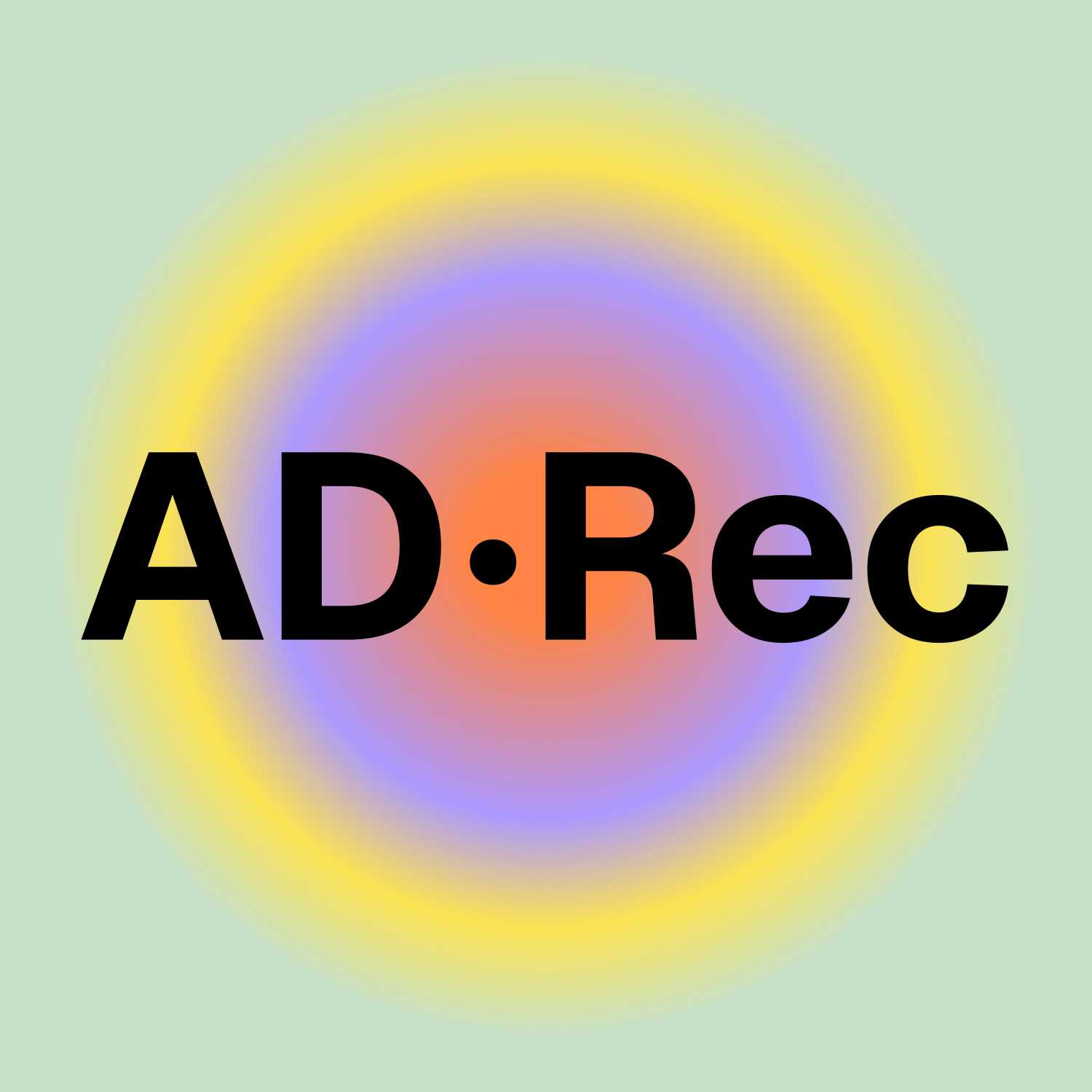
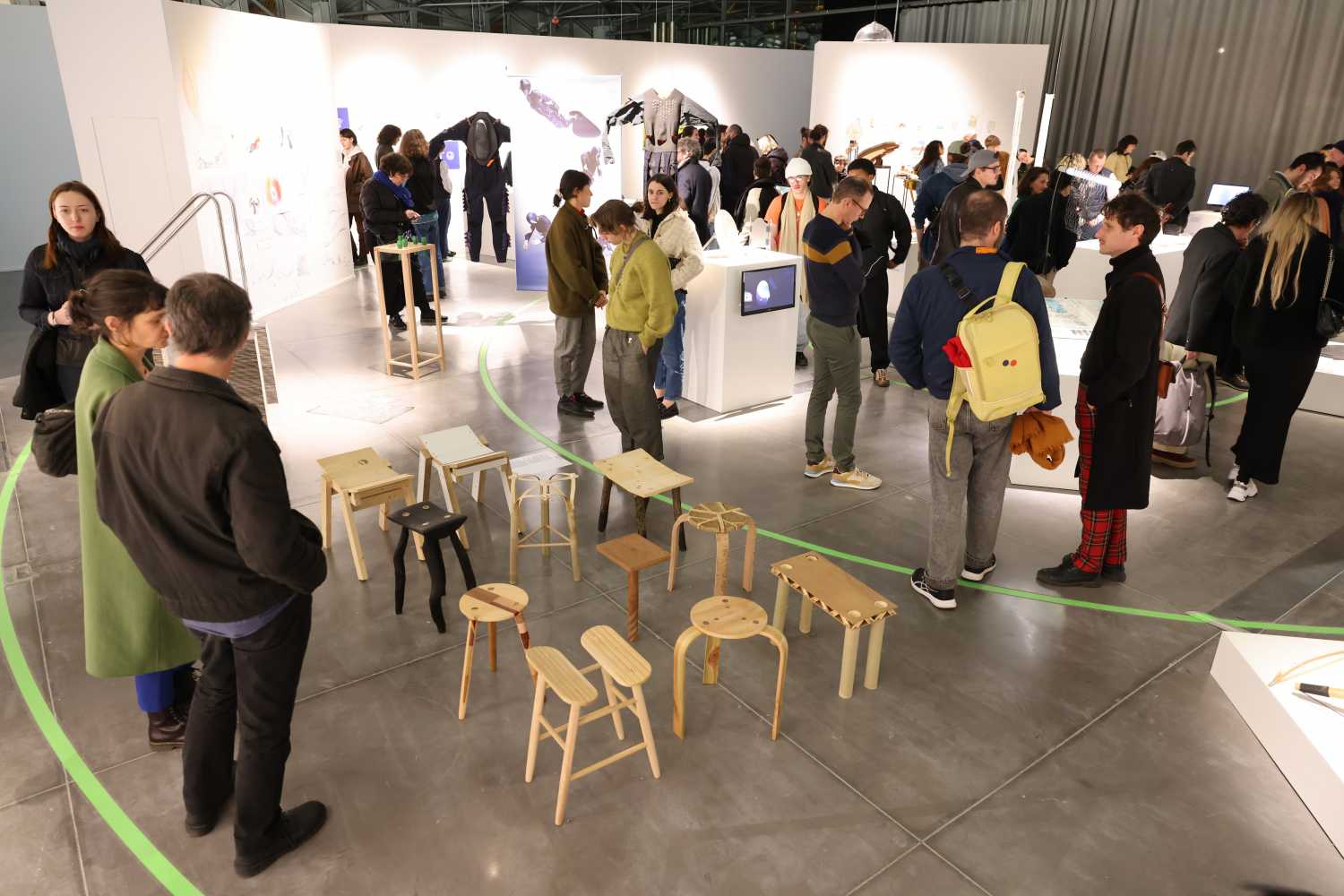
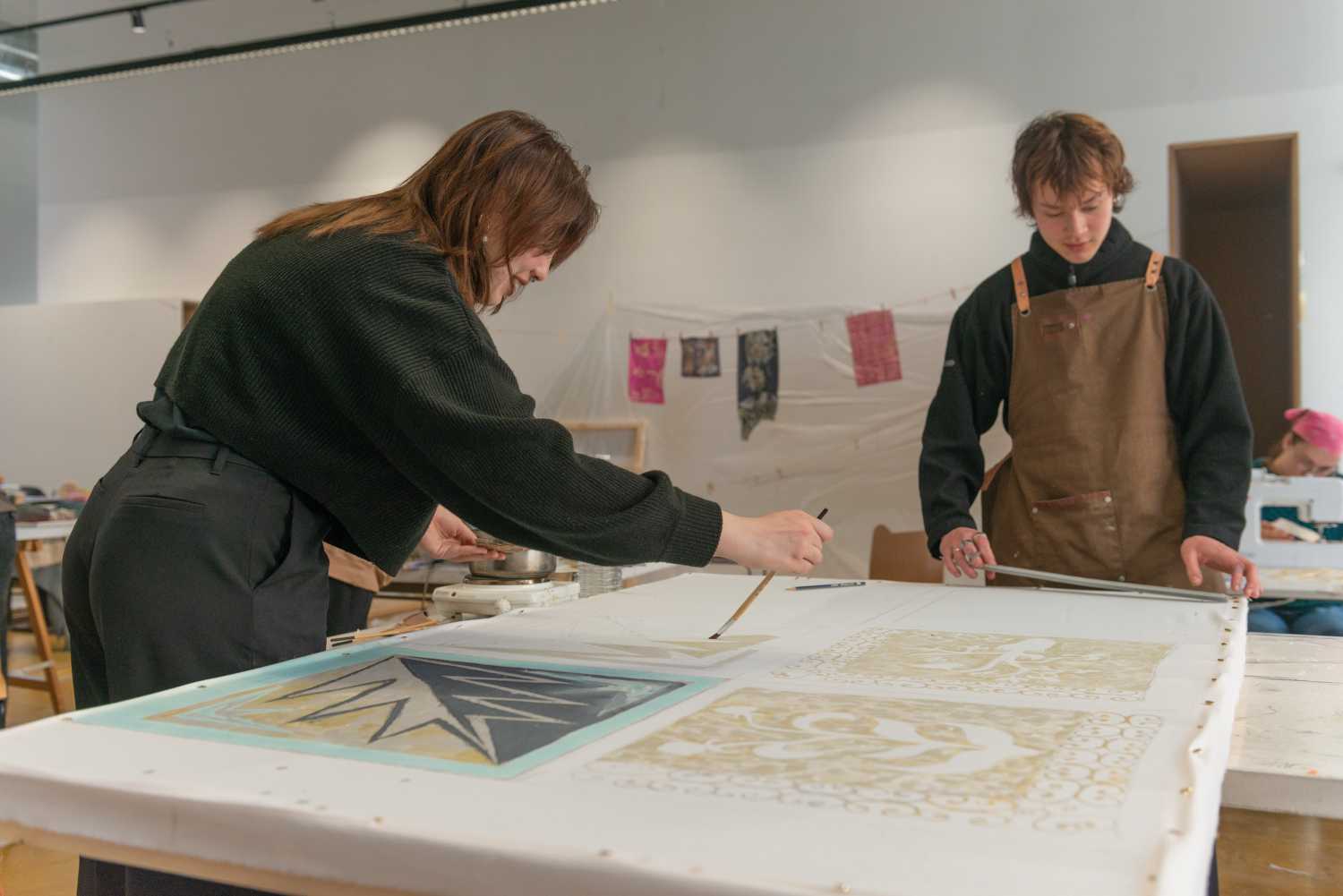
Composite
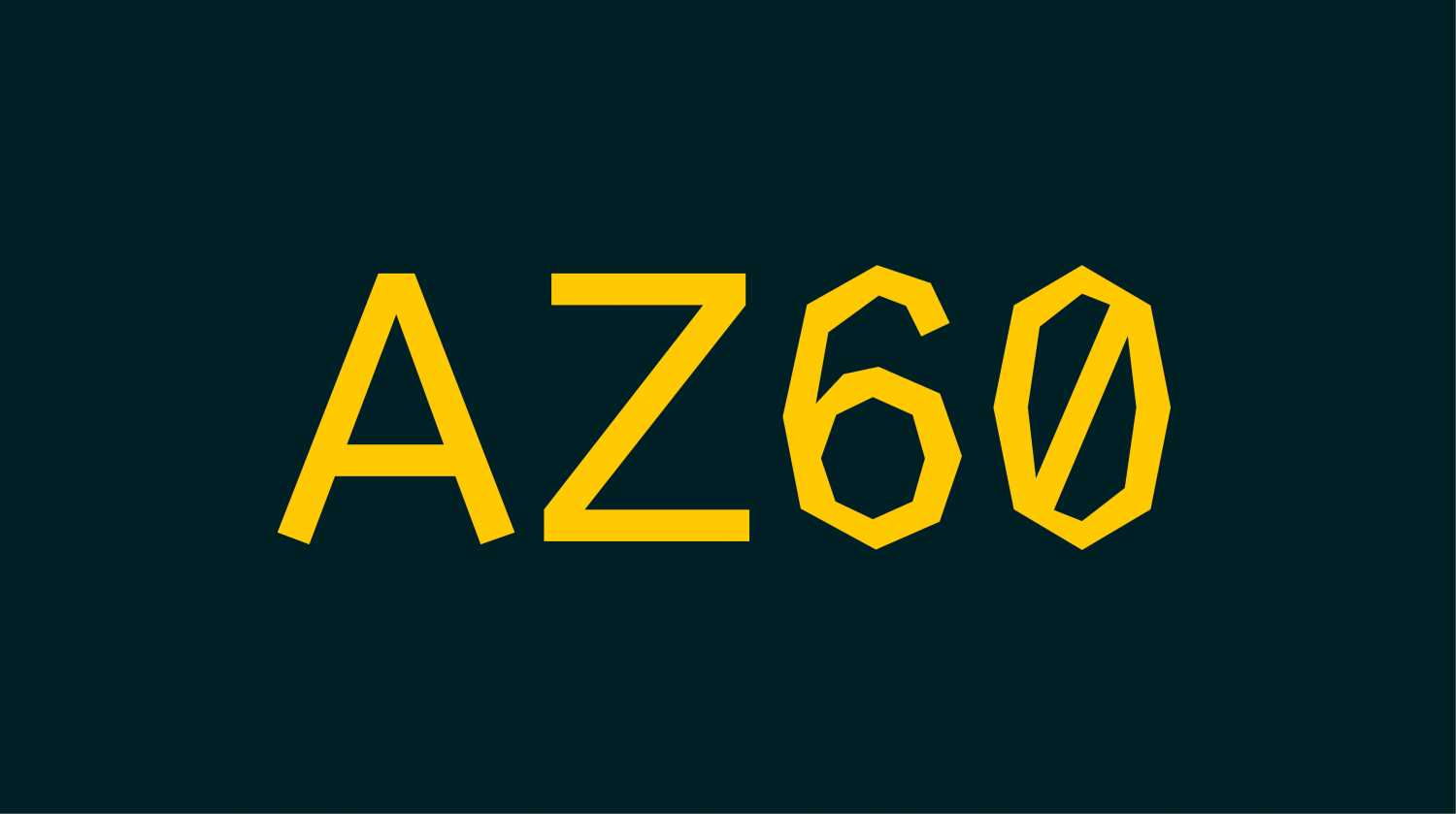
Votre navigateur est obsolète, l’affichage des contenus n’est pas garanti.
Veuillez effectuer une mise à jour.